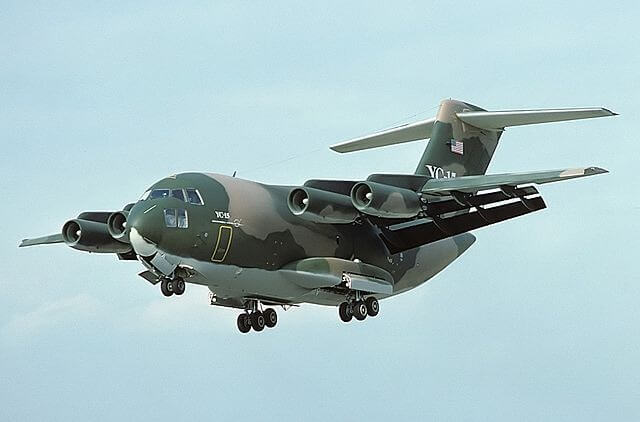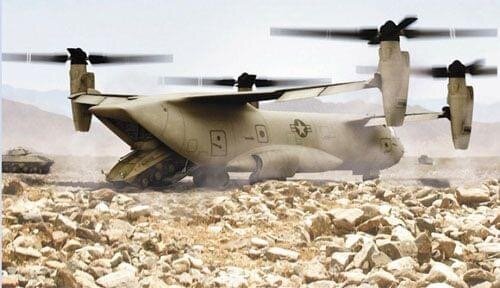Well, there is evtols here~:
I'd think lift cruise configuration can easily be adapted to a hybrid configuration. One can simply replace old lift engine concepts (there is one in the C-130 thread) with electric.
The thing to figure out:
1. Does it need to hover at all? If not, peak power can be battery powered with downsizing of combusting engines combined with very small electrical capability.
2. What is the lowest weight/drag (but weight is drag) configuration at different performance regimes
I was asking about gyrodynes on the last page because I was thinking that separating the lift device with thrust/control is relatively easy with distributed electrical architecture, compared to the hell that is gearboxes. Folding rotors in flight would make this much better.
There is scaling electric multirotor mothership supported VTOL operations of the scaneagle. Aerial docking does seems like a powerful technology to pursue in the long run: not sure how to do it relably.
--------
Though ultimately I think those heavy vertical lift is without a meaningful mission. The technical problem (add in development cost) means they are unlikely to offer much more economical logistics over smaller vehicles with in-flight refueling, while bringing a host of other problems operationally.
The desire is to move a heavy vehicle: armor is simply inefficient for something that flies, even if only once. The only thing left is figuring out missile technology with sufficient performance, that does can be moved in a single multi-ton package: I'd think this is a easier problem than giant aircraft that have to beat the air into submission.








